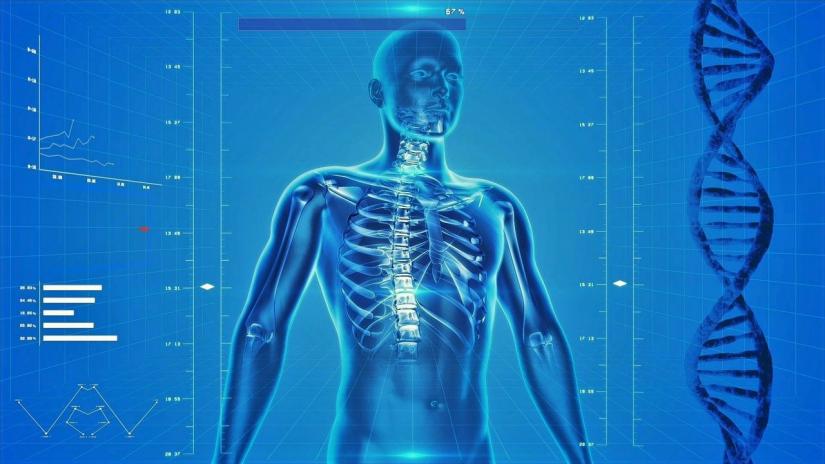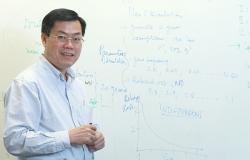Researchers from the Garvan Institute, led by UTS Professor Tuan Nguyen, have developed a computational model to calculate ‘skeletal age’.

Image: Pixabay
Researchers from the Garvan Institute, led by University of Technology Sydney Professor of Predictive Medicine Tuan Nguyen, have developed a computational model to calculate ‘skeletal age’, a personalised estimate of an individual’s risk of bone fracture and premature death.
The skeletal age calculator, which will be accessible to doctors and health professionals, aims to better identify those at risk of a first bone fracture and subsequent fractures, and also estimates how fractures impact life expectancy.
The key message of this study, is that it’s never too early to think about your bone health.
Professor Tuan Nguyen
Osteoporosis, a disease which reduces bone strength and increases bone fracture risk, is a major national health issue and estimated to affect over 900,000 Australians. The cost of osteoporosis and fracture in Australia is $3.4 billion annually.
“A fracture shortens life expectancy, even more so in men than in women. But there is a lot of complacency in the community when it comes to bone health – only 20% of those with fragility fractures are taking approved treatments for osteoporosis, which could significantly reduce their risk of further fractures,” says Professor Nguyen, Head of the Genetic Epidemiology of Osteoporosis Lab at Garvan, and senior author of the research published in eLife.

UTS Professor Tuan Nguyen
“We hope that calculating a person’s skeletal age, which may be much higher than their actual age, will identify those who are at higher risk of fractures and encourage them to speak to their doctor about how to better manage their condition.”
Predicting fracture risk
From age 50, bone fractures affect one in two women and one in three men. For women, the lifetime risk of a hip fracture is equal to or higher than the risk of developing an invasive breast cancer.
With each fracture, the risk of future fracture increases two-fold and studies have shown that pre-existing fractures increase the risk of premature death by about 50% in both men and women. One in three adults over 50 dies within 12 months of sustaining a hip fracture.
“There are existing models to predict the risk of an initial fracture, such as the Garvan Fracture Risk Calculator that is already available to doctors. But it remains unclear why some individuals do well after an initial fracture, while others go on to sustain further fractures and have a higher risk of mortality,” says first author Dr Thao Ho-Le.
“We set out to develop a model to complement existing tools, which could simultaneously predict an individual’s risk of subsequent fractures and consequently, their chance of premature death.”
To develop their sophisticated computational model, the team used data from Garvan’s Dubbo Osteoporosis Epidemiology Study, which was started in 1989 and is the world’s longest-running large-scale study of osteoporosis in men and women.
Their model incorporates an individual’s age, bone density, history of previous fractures and other health conditions to calculate a personalised estimate of ‘skeletal age’.
“In our new model, we quantified the intricate transitions between fracture, re-fracture and mortality. We define skeletal age as the age of an individual's skeleton that results from their risk factors for fracture,” explains Professor Nguyen.
“Using this definition, we for instance estimated that a typical 70-year-old man who had sustained a fracture had a skeletal age of 75 years. But when the man had a second fracture his skeletal age rose to 87 years. This means the individual now has the same fracture risk profile as an 87-year-old man who has a healthy risk profile.”
Improving bone health
The team is now developing an online calculator, which doctors will be able to use to calculate their patients’ skeletal age.
The researchers hope it will be a valuable tool for initiating discussions between health professionals and their patients on how to improve bone health, which may involve medication, exercise, increasing dietary calcium and getting enough vitamin D.
“The key message of this study is that it’s never too early to think about your bone health,” says Professor Nguyen. “Do not wait until a fracture has occurred to take preventive action. If your skeletal age is higher than your actual age, you should seek medical advice from your doctor on how to manage the higher risk.”

